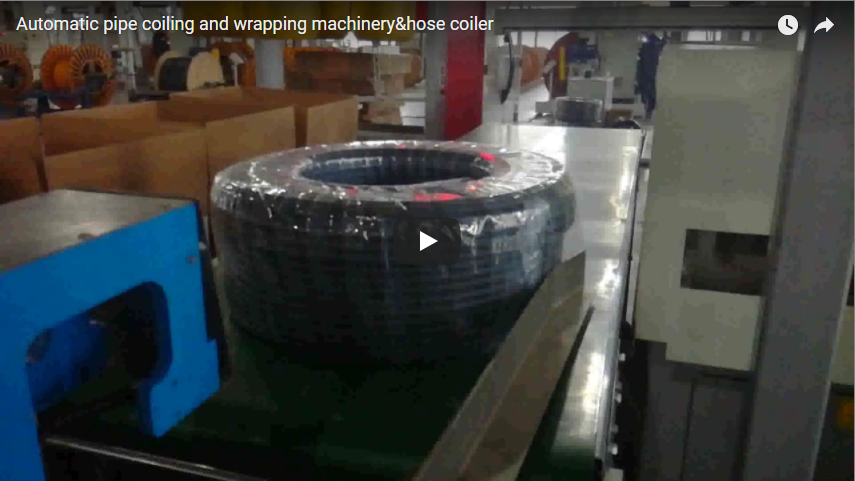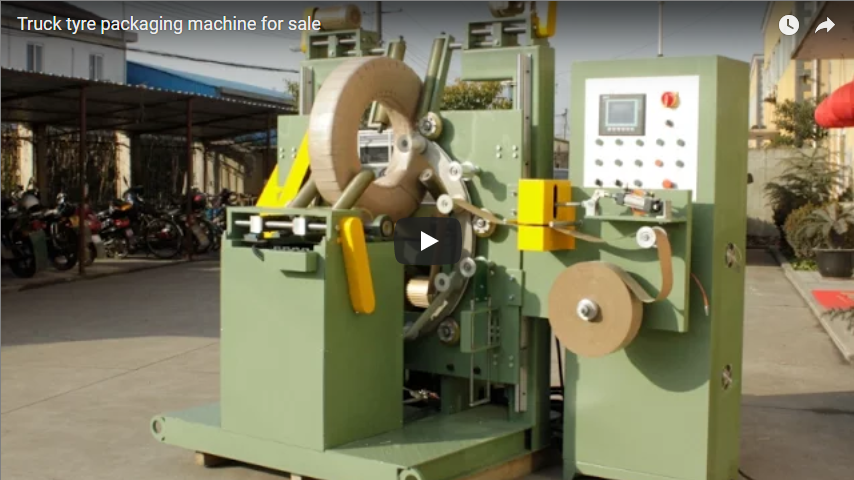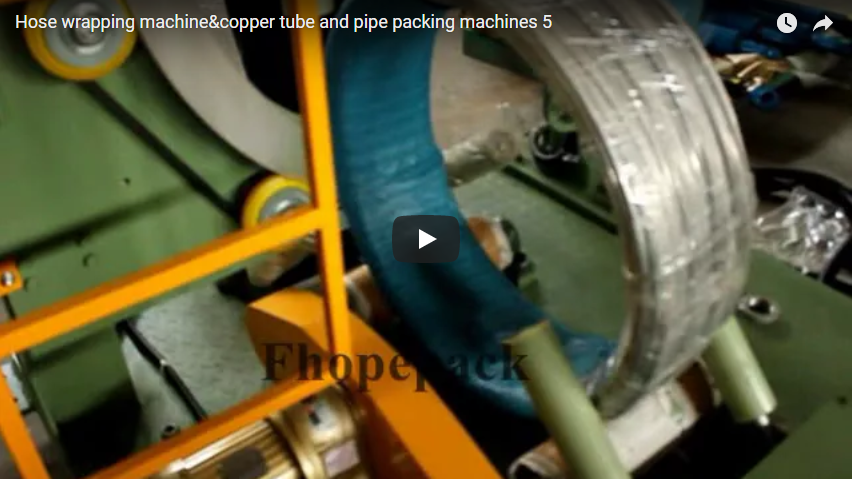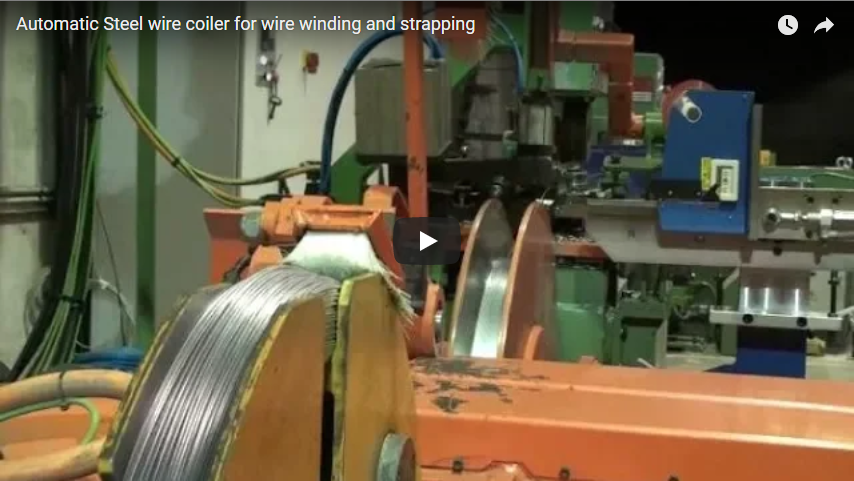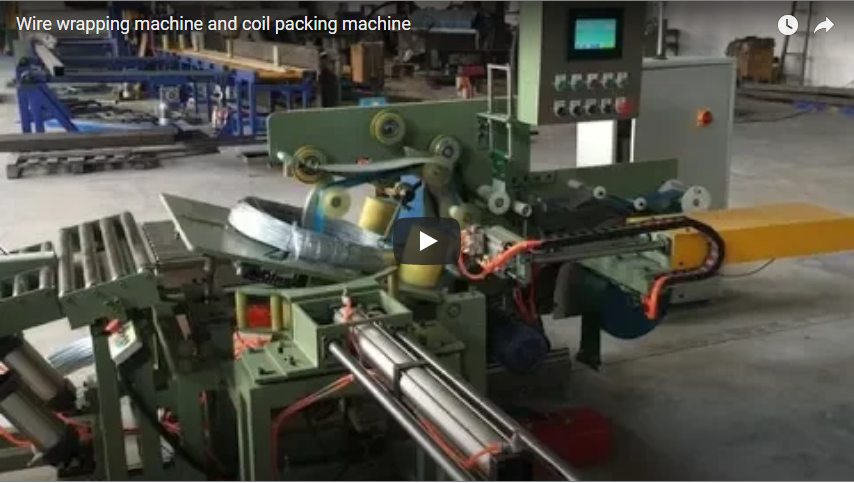Handling long lengths of steel wire, cable, or rope presents significant challenges in manufacturing and distribution environments. Manual coiling and wrapping processes are often labor-intensive, inconsistent, and can pose safety risks. Automating this crucial step with an [Automatic Coiling and Wrapping Machine]** offers a robust solution, enhancing efficiency, product quality, and operational safety. This article delves into the technical aspects, operational benefits, and design considerations of these indispensable systems, reflecting the practical focus valued by professionals in the fabrication industry.
1. Operational Workflow: From Spool to Secure Package
The core function of an automatic coiling and wrapping machine is to transform a continuous length of material from a payoff or production line into neatly coiled, securely wrapped packages ready for storage or shipment. The typical operational sequence involves several synchronized steps:
- Material Infeed & Tension Control: Wire or cable is fed into the machine, often utilizing dancer arms or electronic tension control systems to maintain consistent tension, crucial for uniform coil formation.
- Length Measurement: Precise length measurement is achieved using calibrated measuring wheels or encoders, triggering the coiling and cutting sequence once the target length is reached. Accuracy is paramount for product consistency.
- Automatic Coiling: The material is wound onto a collapsible coiling head or mandrel. The traverse system synchronizes with the coiling rotation to ensure level winding, creating stable, dense coils without overlaps or gaps.
- Cutting: Upon reaching the programmed length, an integrated cutting mechanism (often shear-type for robustness) cleanly severs the material.
- Coil Transfer: The coiling head collapses, and the finished coil is automatically transferred—via pushers, robotic arms, or conveyors—to the wrapping station.
- Automatic Wrapping: The coil is typically wrapped circumferentially using stretch film, VCI paper, or other protective materials. The wrapping unit controls film stretch, overlap percentage, and the number of wraps to ensure package integrity and protection against environmental factors.
- Coil Ejection/Discharge: The fully wrapped coil is ejected onto an exit conveyor, accumulator table, or palletizing system for downstream handling.
2. Key Components and Design Considerations
The reliability and performance of an automatic coiling and wrapping system hinge on the design and integration of its core components:
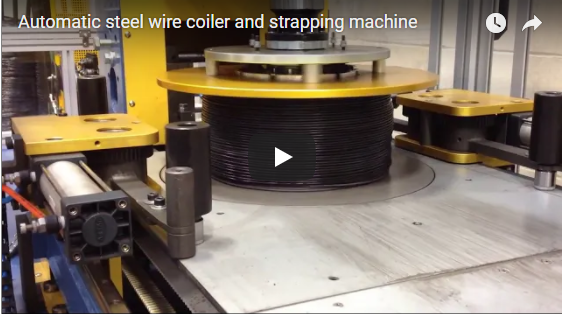
- Coiling Head/Mandrel: Must be robustly designed to handle the specified coil weights and diameters. Quick-collapse mechanisms are essential for fast cycle times. Material choice (hardened steel, etc.) prevents wear.
- Drive System: Variable speed drives (VFDs) controlling AC motors are common, allowing precise control over coiling speed and tension. Servo motors may be used for applications requiring higher precision traverse control.
- Traverse System: Typically utilizes ball screws or timing belts driven by servo or stepper motors for precise, programmable layering of the wire/cable onto the coil. Smooth, backlash-free movement is critical for coil quality.
- Measurement System: High-resolution encoders coupled with accurately machined measuring wheels ensure length tolerances are met consistently. Calibration features are important.
- Wrapping Unit: Features adjustable film tension, pre-stretch capabilities (for stretch film), and precise overlap control. The rotating ring or wrapping arm design impacts speed and the types of wrapping materials usable.
- Control System (PLC & HMI): The brain of the operation. Programmable Logic Controllers (PLCs) manage the sequence, motor control, and safety interlocks. A Human-Machine Interface (HMI) provides operators with intuitive controls for setting parameters (length, coil dimensions, wrapping settings), viewing status, and diagnosing issues. Integration capability via protocols like EtherNet/IP or PROFINET is often required.
- Safety Features: Light curtains, emergency stops, physical guarding, and interlocking mechanisms are crucial for operator safety, complying with relevant industry standards (e.g., ISO 13849).
- Frame and Construction: Heavy-duty steel frames ensure stability and longevity, minimizing vibration during high-speed operation.
3. Technical Specifications Overview
Specifications vary significantly based on the application, but typical parameters include:
| Parameter | Typical Range / Description | Importance |
|---|---|---|
| Material Handled | Steel Wire, Wire Rope, Cables (Power, Data) | Determines coiling head & tension requirements |
| Material Diameter | 1mm - 25mm+ | Influences guide design, cutting force |
| Coil Inside Dia. | 200mm - 800mm+ | Dictates coiling head size range |
| Coil Outside Dia. | 300mm - 1200mm+ | Affects machine footprint, handling capability |
| Coil Width/Height | 50mm - 500mm+ | Governed by traverse system stroke |
| Max. Coil Weight | 10kg - 2000kg+ | Critical for structural & drive design |
| Coiling Speed | Up to 300 m/min (application dependent) | Key factor for throughput |
| Length Accuracy | Typically ±0.1% to ±0.5% | Ensures product consistency, reduces waste |
| Wrapping Material | Stretch Film (LLDPE), VCI Paper, HDPE, PP Woven | Determined by protection needs & machine type |
| Control System | PLC (e.g., Siemens, Allen-Bradley) + Touch HMI | Ease of use, integration, diagnostics |
| Power Supply | 380V/480V, 3-Phase, 50/60Hz (Region specific) | Standard industrial power |
| Pneumatic Supply | 6-8 bar (if pneumatic actuators are used) | For clamping, cutting, transfer actions |
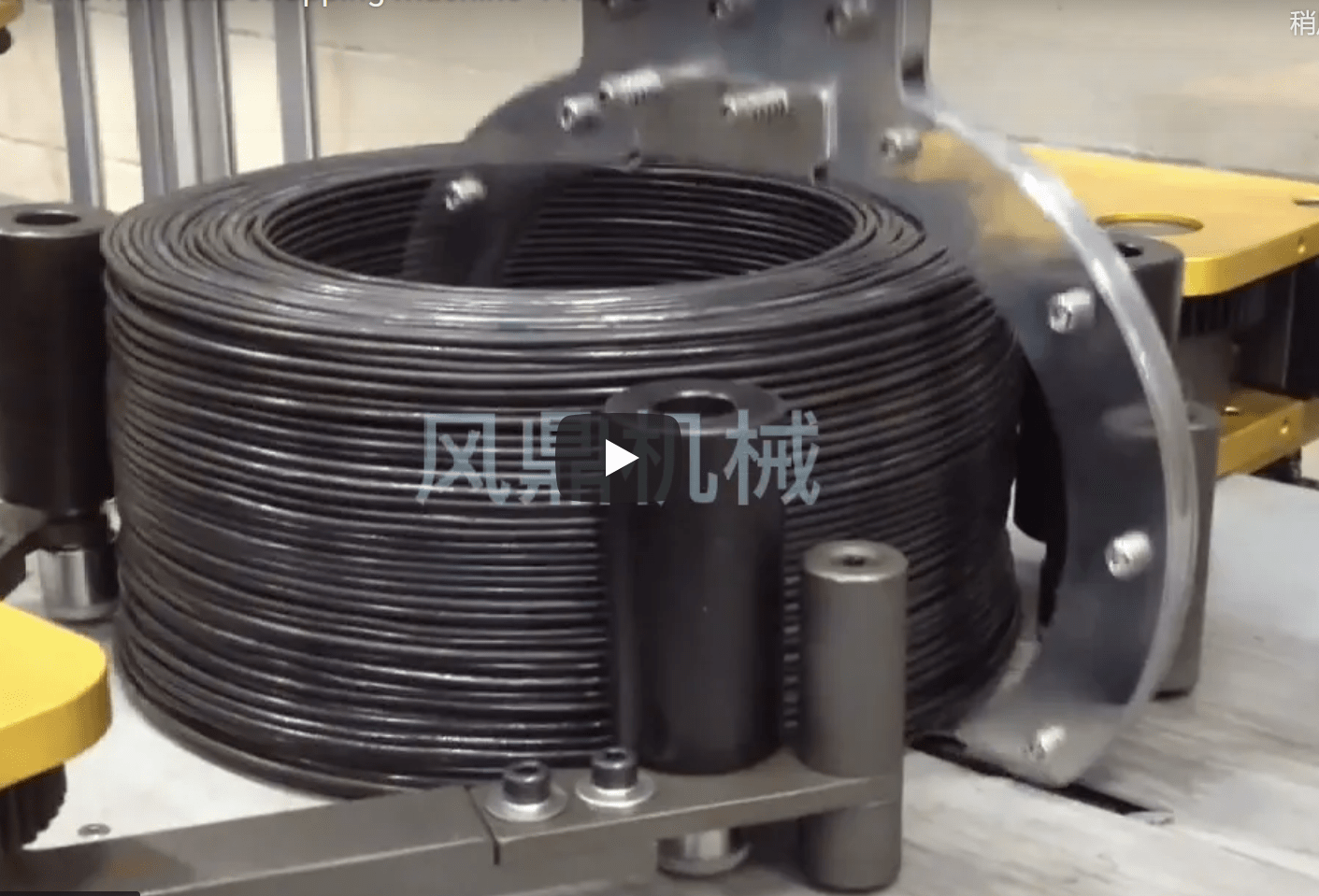
(Note: These are indicative ranges. Always consult specific manufacturer data for precise capabilities.)
4. Advantages for Fabricators and Manufacturers
Implementing automated coiling and wrapping yields significant operational benefits:
- Increased Productivity: Continuous, high-speed operation drastically increases output compared to manual methods.
- Consistent Coil Quality: Automated control ensures uniform coil dimensions, winding patterns, and wrap tightness, leading to stable, professional-looking packages.
- Reduced Labor Costs: Frees up personnel from repetitive manual tasks for higher-value activities.
- Enhanced Safety: Eliminates manual handling risks associated with lifting heavy coils and operating wrapping tools.
- Optimized Material Usage: Precise control over stretch film application (pre-stretch) reduces consumable costs. Accurate length measurement minimizes material scrap.
- Improved Product Protection: Secure wrapping protects wire and cable from dust, moisture, and handling damage during storage and transit. VCI materials can prevent corrosion for steel products.
5. Operator Experience and System Integration
Modern machines prioritize ease of use and integration:
- User-Friendly Interface: HMIs typically feature graphical displays, recipe storage (for different products/coil sizes), and clear diagnostic messages, simplifying operation and changeovers.
- Maintenance: Designed with accessibility in mind for routine maintenance like lubrication and sensor checks. Remote diagnostics capabilities may be available.
- Integration Potential: These systems are often designed to integrate seamlessly into larger production lines, receiving signals from upstream processes (like extruders or wire drawing lines) and feeding coils to downstream systems (palletizers, labeling stations).
6. Diverse Applications
Automatic coiling and wrapping machines are vital in various sectors:
- Wire & Cable Manufacturing: For power, communication, and specialty cables.
- Steel Wire Production: Handling various grades and finishes of steel wire.
- Rope Manufacturing: Coiling natural and synthetic ropes.
- Hose and Tube Production: Applicable for certain types of flexible tubing.
- Building & Construction: Packaging wire mesh, rebar tie wire.
Conclusion
For businesses involved in the production or processing of steel wire, cable, and similar materials, the transition to an automatic coiling and wrapping machine represents a strategic investment in efficiency, quality, and safety. By understanding the technical specifications, operational workflow, and component design, manufacturers can select systems that align with their specific needs, leading to improved throughput, reduced costs, and consistently superior product packaging. These automated solutions are no longer just an option but a necessity for remaining competitive in today's demanding industrial landscape.
For more detailed information on specific machine configurations and capabilities, explore tailored solutions like those found here: Automatic cable winding machine.

